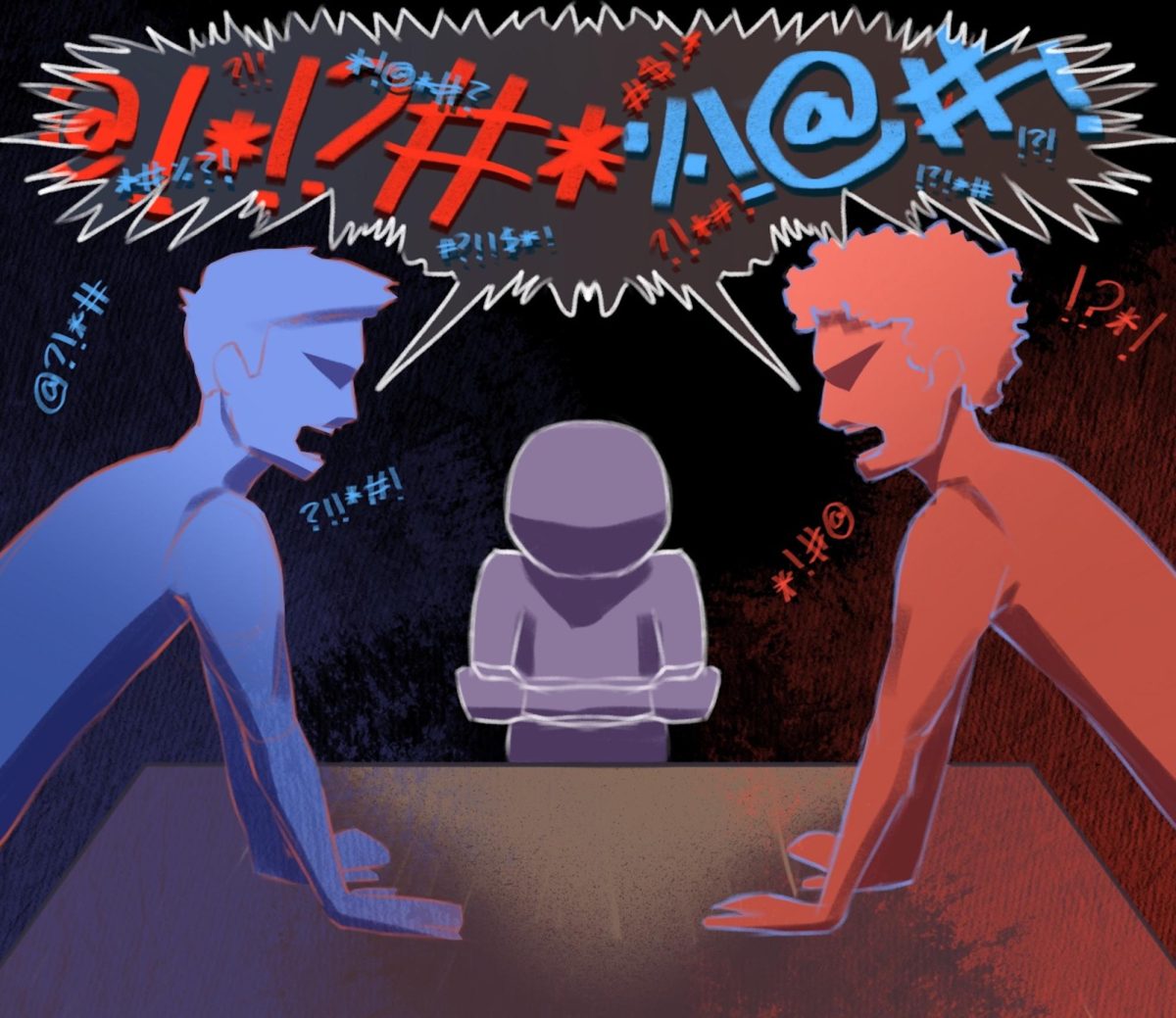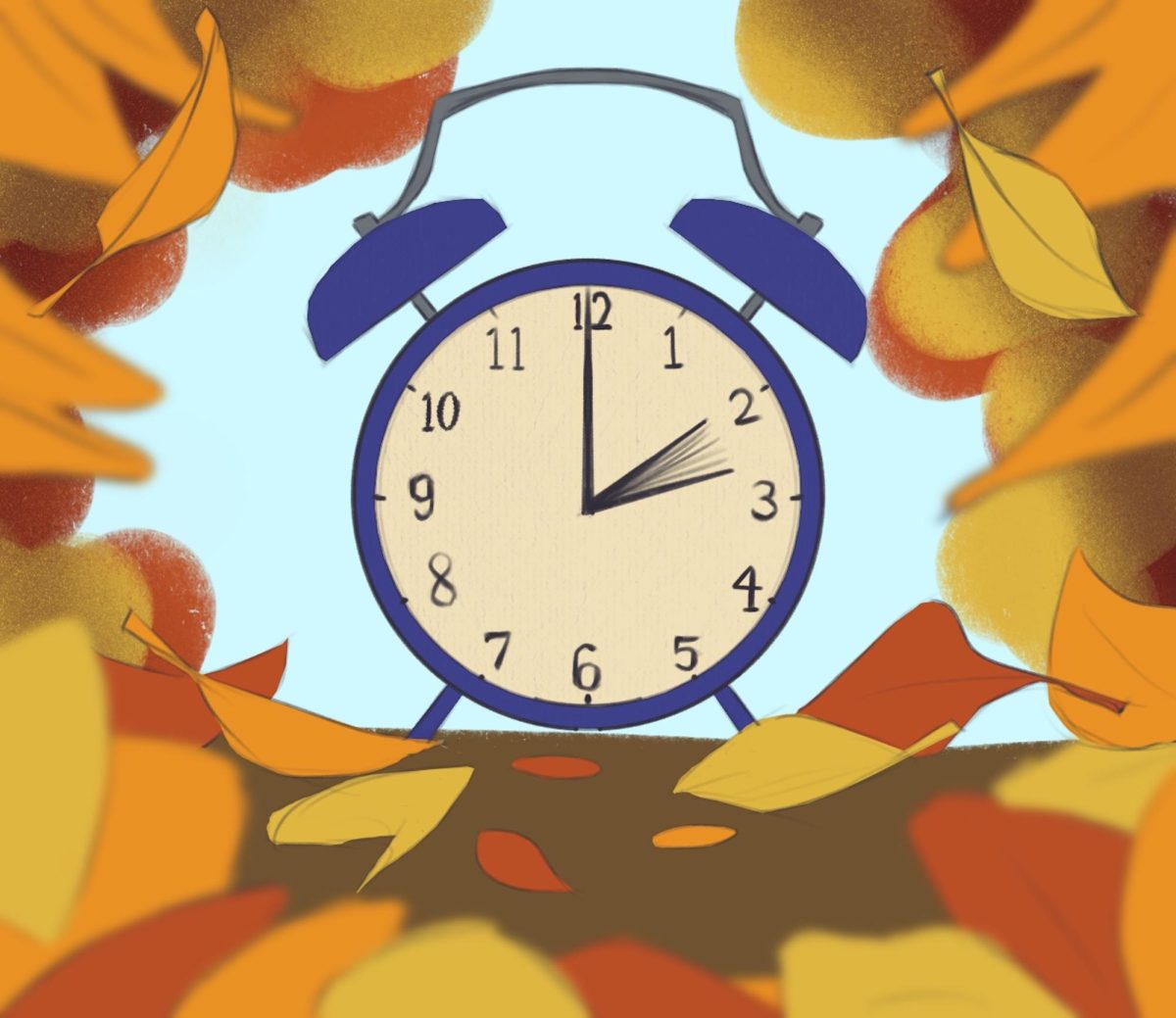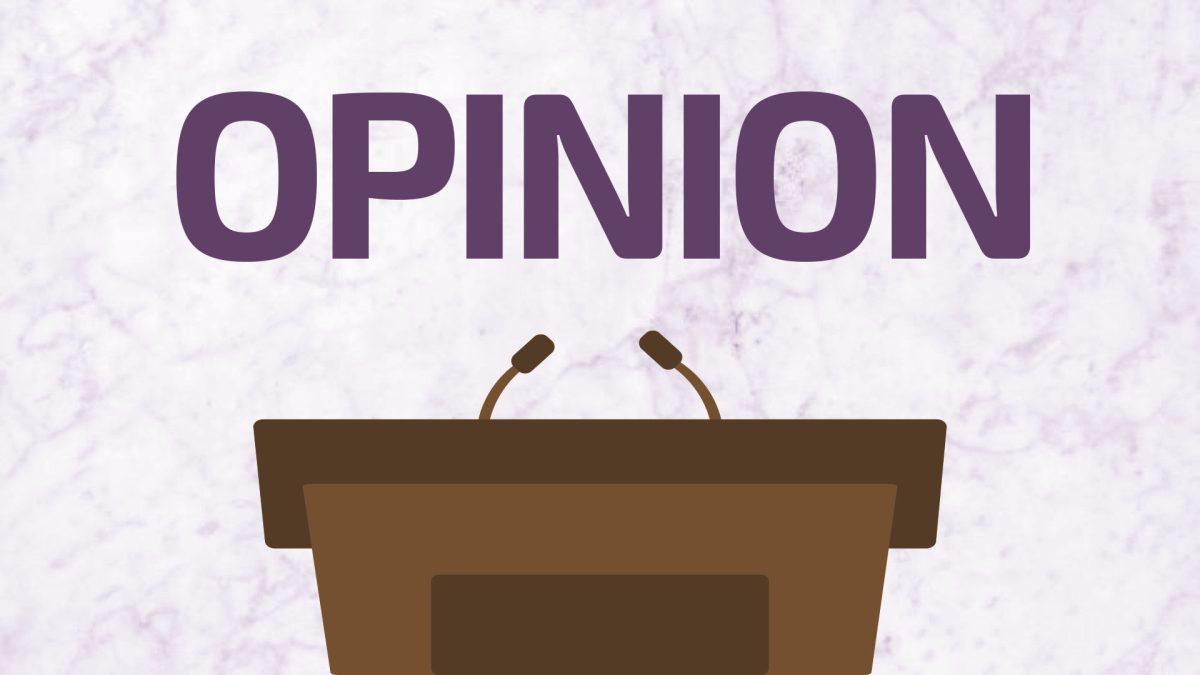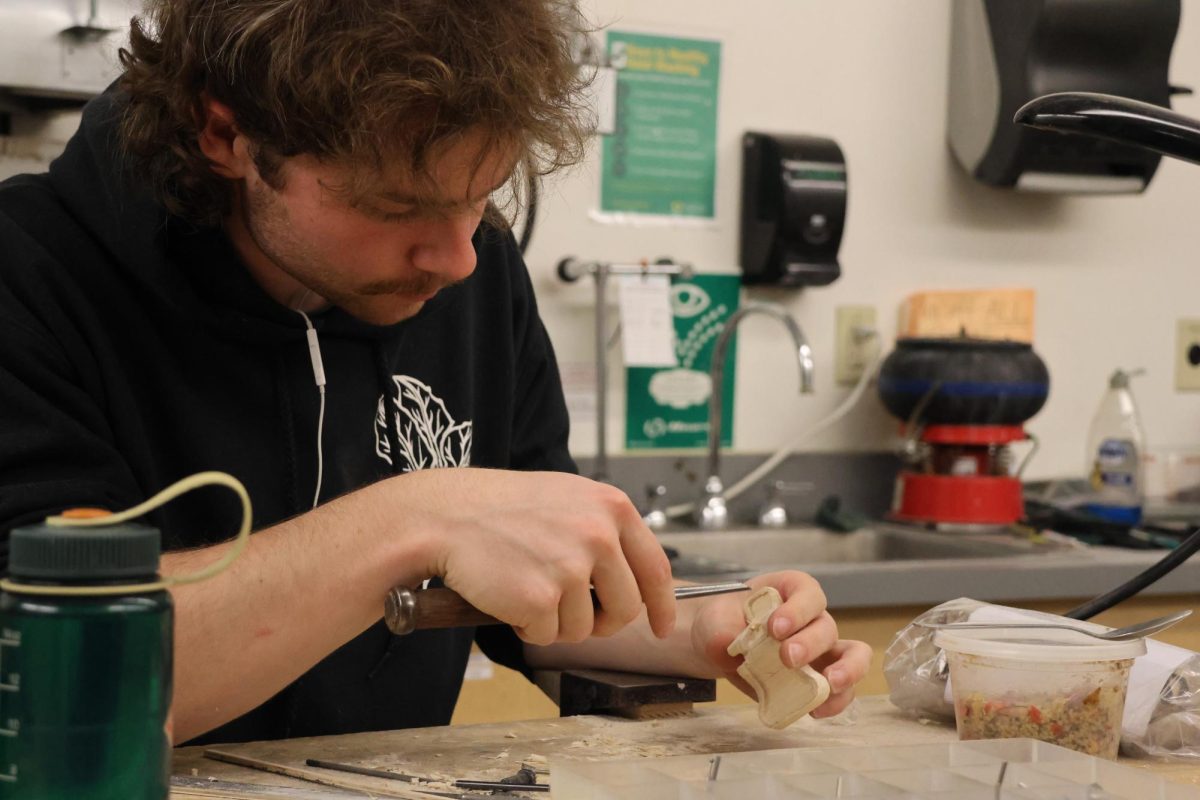Now that Shepard Fairey, the self-styled intrepid street artist whose iconic rendering of Barack Obama in red, white and blue with “Hope” emblazoned below his face, has admitted to lying and destroying evidence about which Associated Press photograph he used for his poster, he has needlessly harmed a strong case for free expression.
Fairey preemptively sued the AP back in February to nudge a court to say he had a legal right to distribute the Obama posters. It was clear his lawyers and the AP’s were not going to come to any sort of agreement about what the AP felt was copyright infringement.
Fairey’s lawsuit maintains that his work is covered by fair use exceptions to copyright law, which allow for criticism, comment and satire of original works.
The AP filed a countersuit, saying Fairey profited from the sale of posters and buttons with the image and pointing out Fairey’s ironic habit of threatening artists who borrow from his work. The fair use case comes down to the intent of the work and how much the AP image was altered — the extent to which Fairey’s art is interpreted as transforming the original work to advance art or cribbing a photo to make a profit.
That’s why it was important which photo of Obama was used to make the Hope poster. Fairey claimed it was one of Obama seated next to actor George Clooney taken at the National Press Club in 2006 during an event about Darfur. The AP countered that image was not as close to the one in the poster as another solo photo of Obama from the same event. If Fairey had been right, his cropping Clooney out of the photo could have helped his case.
In the AP’s countersuit, the news cooperative said Fairey was intentionally misidentifying which photo he used in a “deliberate attempt to obscure” his source material and to “minimize the nature and extent of (his) unauthorized copying of the Obama Photo.”
Turns out, that’s what he did. Last Friday, Fairey said he misidentified the photo he had used and, after realizing his error, in “an attempt to conceal my mistake I submitted false images and deleted other images.”
This does little to change Fairey’s claim to fair use, though his lies harm his credibility. The AP now says Fairey sued under false pretenses, and that could be enough for a judge to rule against him.
But Fairey, despite the stupidity involved here, had a clear case for creating art out of an AP photo of Obama. The shades of red, white and blue on Obama’s face play off of the natural lighting in the room, which the photographer did little to manipulate. Nor did the photographer or AP put an American flag behind Obama’s head, or cause Obama to tilt his head back in a way that easily lent itself to Fairey’s idealized, patriotic transformation.
From the beginning of this imbroglio, the AP has appeared ill at ease with a changing world in which collaboration and sampling are the new normal. When musical artists sample decades-old pop songs and YouTube videos in their music, the result is something new that expands on the original themes and advances art in society.
It is almost expected that the democratization of the Internet, news media and our political system that assisted Obama’s meteoric rise would spark this kind of backlash from the old guard. This case was one worth fighting, a confrontation about laws lagging behind society that Fairey clearly wanted to have.
Too bad his lying only hurt his cause.
[email protected]
Despite lie, Fairey’s photo use fair
Daily Emerald
October 19, 2009
0
More to Discover






